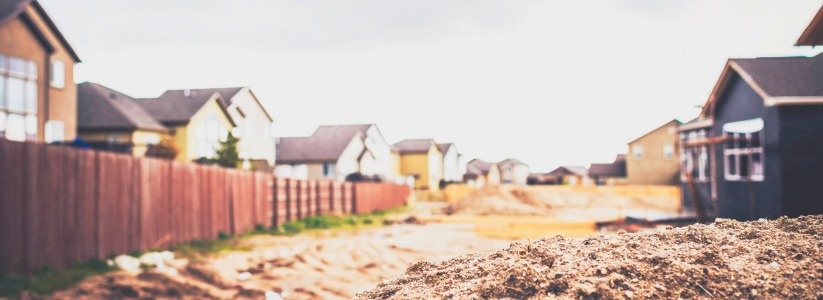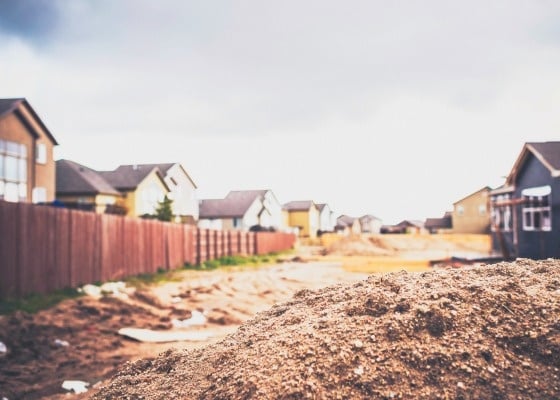The Government’s latest white paper highlights the steps needed to be taken in order to quickly and effectively fix our “broken” housing market. Part of this ambition is to build 200,000 new homes per year. But what will a fast-tracked approach mean for a sustainable UK; and will it consider future-proofing our utility infrastructure?

The long awaited white paper described the housing market as broken; and in many ways it is. A mismatch of supply and demand in the housing market is leaving many people struggling to get onto the UK property ladder and paying high rental charges with it looking increasingly more challenging to ever purchase their own home.
The white paper: Fixing our broken housing market
The 104 page document outlined many of the Government’s next moves to boost housing supply across England, especially in places that has high demand. It ranged from discussing additional powers for local councils to help accelerate housing supply in their area, to mapping out where housing demand is, to tackling homelessness and making renting fairer for tenants.
Key announcements from the Housing white paper included:
- Consistent planning mechanisms needed to set housing delivery targets for councils’ local plans
- New guidelines to encourage compulsory purchase of undeveloped land
- Improvement on safeguards for private renters
- A new rent standard for the social housing sector
- Dropping of the 20% threshold for Starter Homes and the 200,000 Starter Homes by 2020 target
- Councils to include Right to Buy in homes built through new council companies
The paper defined many more points surrounding these subject areas, but one point was very clear: We need to build new homes, and fast.
But, where should we build?
To make more land available, the white paper suggested that the contribution from brownfield and surplus public sector land should be maximised, to support the regeneration of our cities, towns and villages, to support economic growth and to limit the pressure on the countryside. In order to do this, The National Planning Policy Framework (NPPF) will be amended to specify that great weight should be attached to the value of using suitable brownfield land within settlements for homes.
The report then went on to say that in only exceptional circumstances should green belt boundaries be considered for building upon and that strong protections will be maintained.
Good news for heat networks
The positive for heat networks and renewable energy is that brownfield sites within high density urban areas, are more often than not, transformed into apartment buildings. This will mean many will utilise communal heating. And in some cases, sites closely located to existing heat networks could potentially connect to these. However, we think that more needs to be done to incentivise developers in doing this.
Sustainable development
The paper posed many questions surrounding whether enough is being done to combat climate change when developing new homes. And with ambitions for developers to build homes quickly – will pressure of a fast build stop developers building sustainably?
And what about future-proofing our infrastructure and making use of sustainable fuel sources? We would love to know your thoughts!
Key takeaways
- The government has stated the UK housing market is broken with many UK households unable to purchase their own home
- We need new, affordable homes quick and fast
- New plans outline the importance of affordability, but what about sustainability?
- The UK needs to not only develop new homes but to develop innovative sustainable utility infrastructure to go with it



